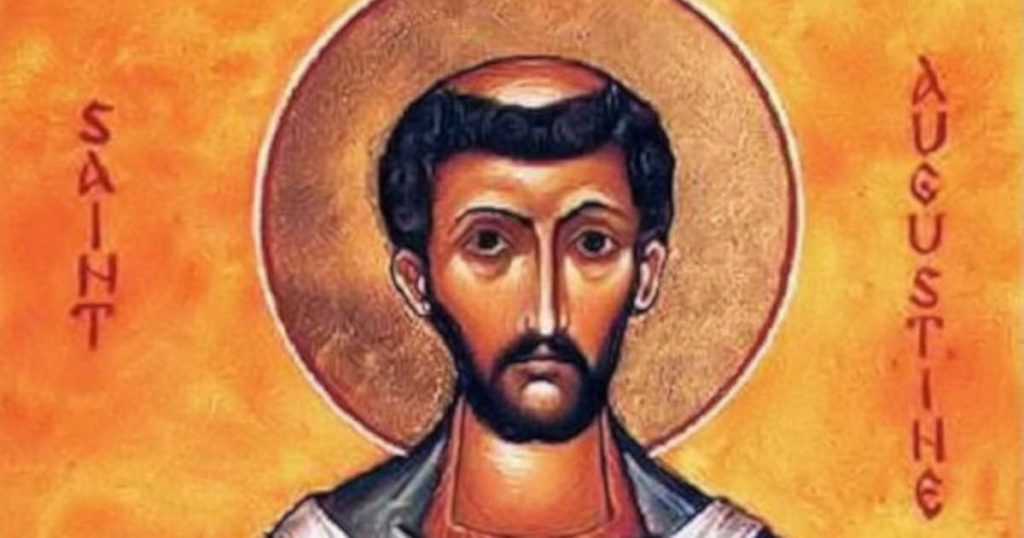No one knows exactly when St. Augustine of Canterbury was born, nor are there any recorded details about his early life. He was likely born in Rome, and entered monastic life when he was a young man. He joined a community that had recently been founded by the Benedictine monk who would go on to be St. Gregory the Great.
Augustine’s friendship with Gregory had great historical consequences. Around the year 595, five years into Gregory’s 14-year pontificate, he began to work on a plan to convert England. The Anglo-Saxon invaders who had taken over were not converted by the isolated Celtic Christian holdouts, so the country had to be evangelized anew.
The pope chose 40 monks, including Augustine, who was selected to communicate for the delegation. He ended up taking on the role of leader, leaving for England in June 596, but returning soon after, only to leave again in spring of the following year. When they met with Ethelbert of Kent, one of the pagan kings, whose wife was a Christian, Augustine’s powerful presentation of the Gospel eventually moved Ethelbert to convert, and become a saint, but at first, he only agreed to receive the missionaries without hostility.
The monks made their home in Canterbury, processing through the city with a cross and an image of Christ. They lived according to the Rule of St. Benedict, but spent much of their time preaching and converting the surrounding areas.
In Gaul, Augustine was consecrated as a bishop for the English Church. By Christmas of 597, over 10,000 people had actively sought baptism.
Pope Gregory and St. Augustine both died in 604, after working tirelessly to evangelize England. Canterbury continued on as the ranking see of English Catholicism until its fall into schism in the 16th century.

